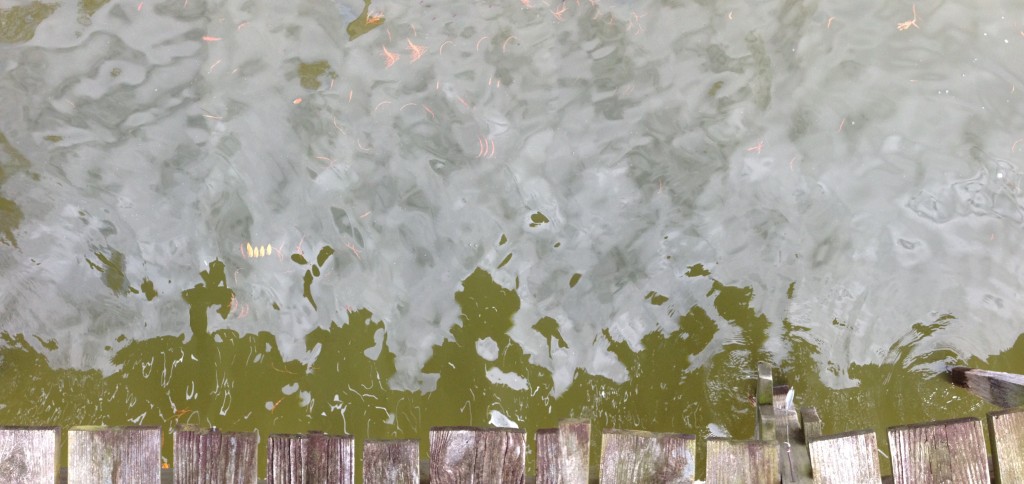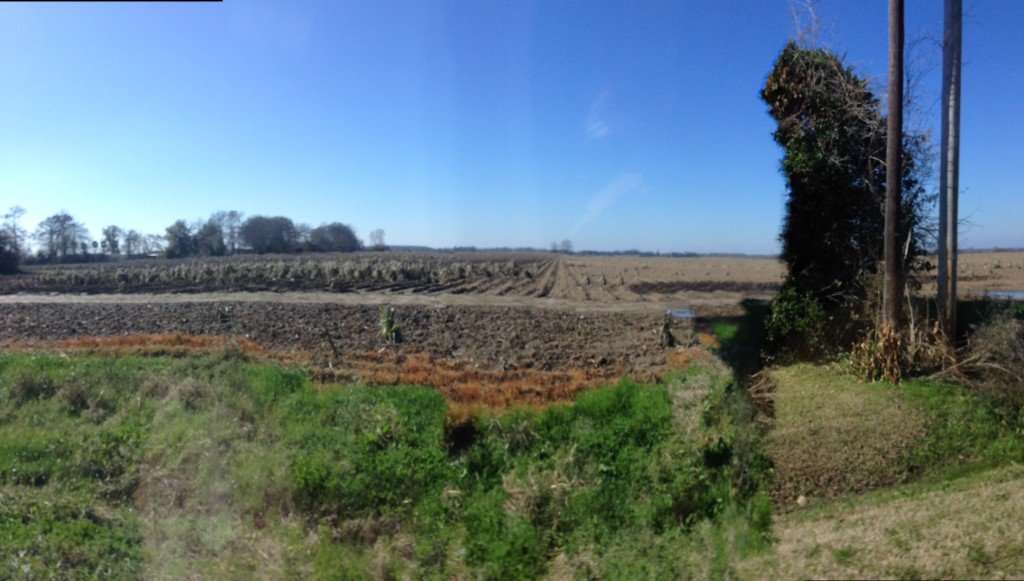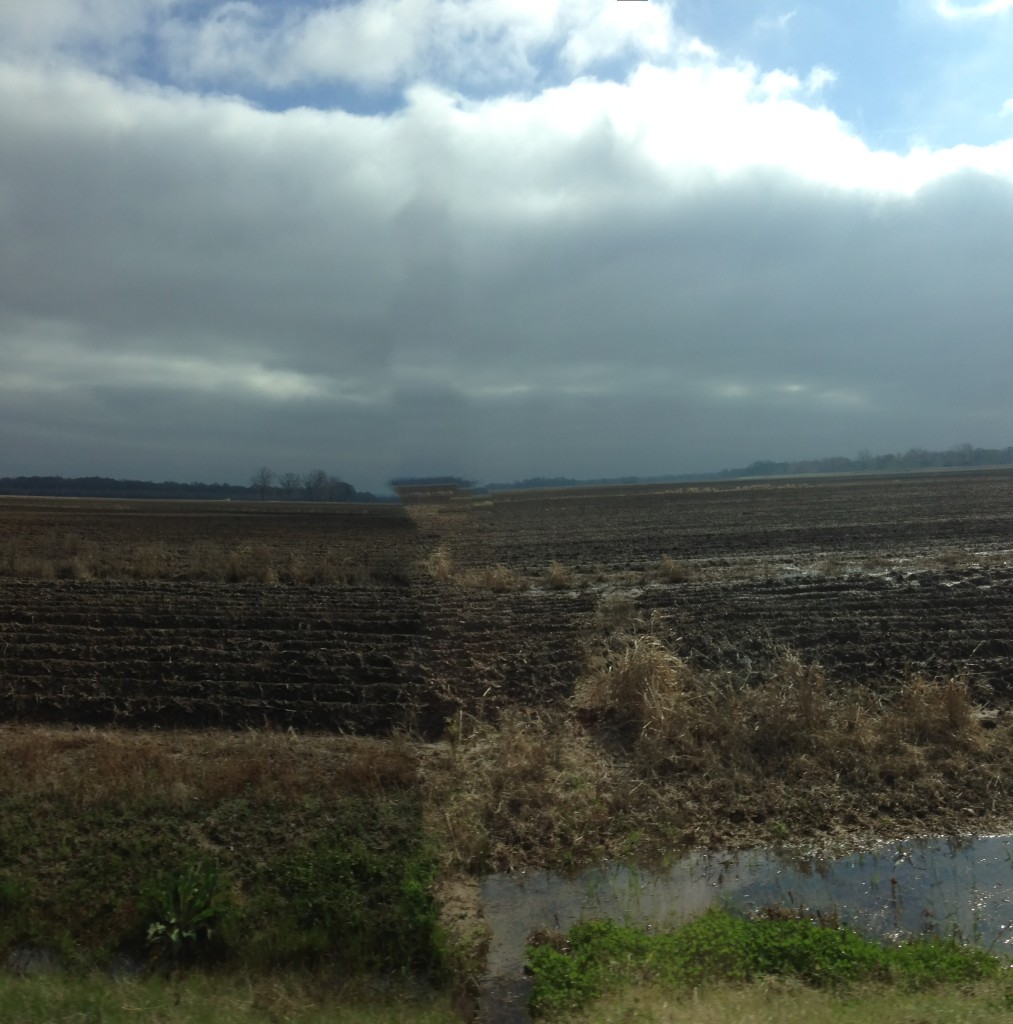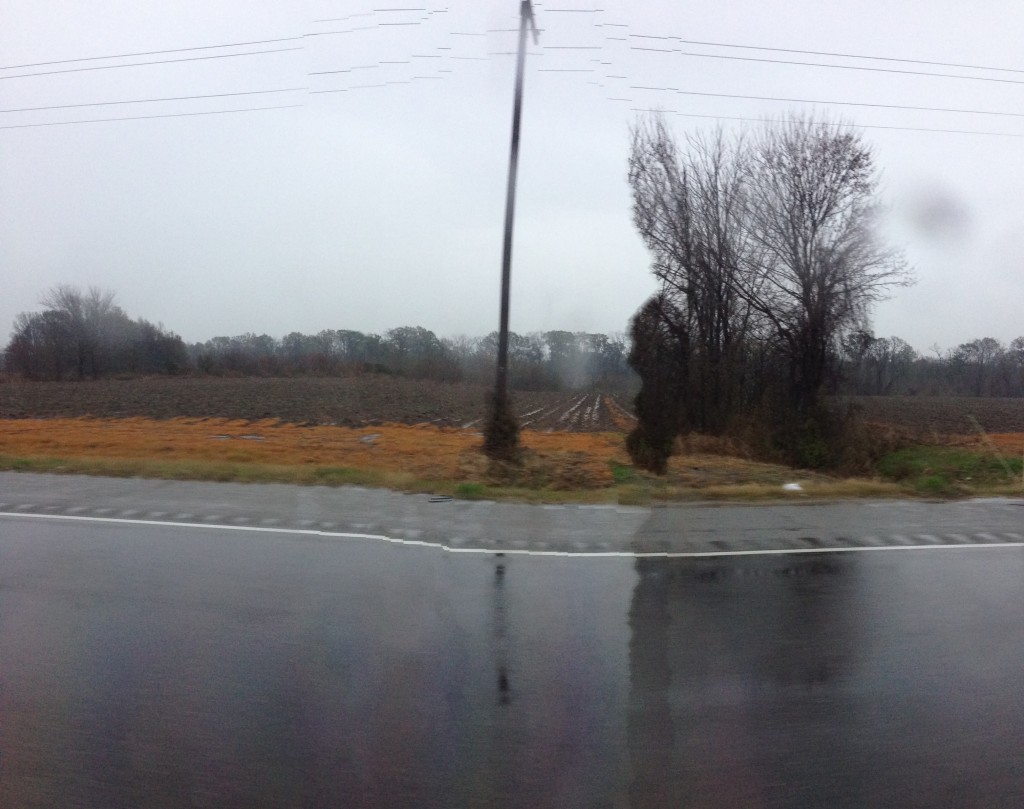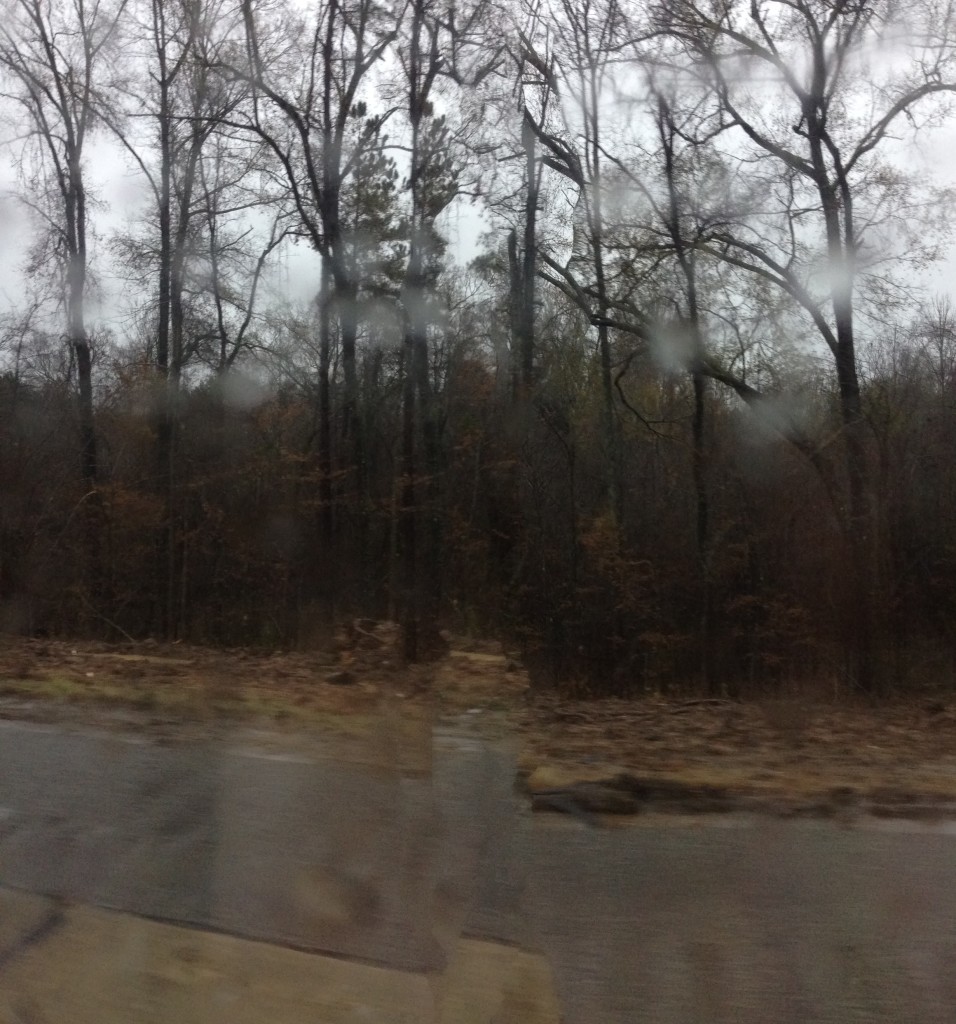Suspension of Destination explores and wonders at the surreal experience of returning to a once-familiar place. These images are produced through the in-camera glitch of a mis-fired panorama taken with the most vernacular of cameras, an iPhone. The mis-aligned subjects mirror the unease of becoming a tourist in a previously known land as all of the images follow rituals of flow, be it the process of waves moving across a lake or hours spent driving, these acts consider passing through place rather than being a part of it.
This drive was a revealing experience. The road and much of the landscape was artificial, and yet it couldn’t be called a work of art. On the other hand, it did something for me that art had never done. [Its] effect was to liberate me from many of the views I had about art. It seemed that there had been a reality there which had not had any expression in art. The experience of the road was something mapped out but not socially recognized. I thought to myself, it ought to be clear that that’s the end of art. Most paintings look pretty pictorial after that. There is no way you can frame it, you just have to experience it. -Tony Smith
All dimension seems lost in the process. In other words, you are really going from some place to some place, which is to say, nowhere in particular. To be located between those two points puts you in a position of elsewhere, so there’s no focus. This outer edge and this centre constantly subvert each other, cancel each other out. There is a suspension of destination. -Robert Smithson
